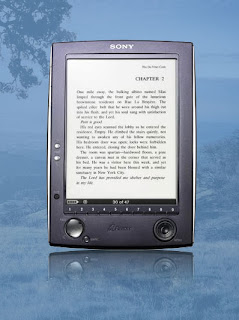My high school age nephew said that he just can't function without My Space. Most adults, if they've even heard of My Space, manage to exist quite well without it. For kids, it is their social network. Previous generations have networked in everything from malt shops to Woodstock. This generation not only uses the Web for academic and job related skills, but it is also their preferred method of social communication. Since continued use of a tool increases the skill in which you use it, the sky is truly the limit for the next generation in terms of how effectively they will use the Web.
Web 2.0 addresses the interactivity of the Web. Instead of the static Web sites of the past, today's sites, Blogs and Wikis draw you into them, allowing for both input and feedback. Every day I run across new and amazing tools to make information easier and more accessible. And each builds on the information and skills learned in the past, even if the past is now measured in days and months, not decades.
Consider the number of codes and passwords you use to register and login to these wondrous sites. I realized many years ago that the single index card I kept in my wallet was woefully inadequate. Today I have the information on a Rolodex (how retro), and I am on my second set of Rolodex cards. Theoretically, keeping them on my PDA or cell phone would make sense, but I could lose one of those, or, as in the case of my cell phone, mistakenly throw it in the washing machine. That Rolodex isn't going anywhere. I remember a former colleague who kept notes on old punch cards. That always impressed me, mostly because I wondered where he was able to still find so many of the 'ancient' (in computer years) punch cards to use for that purpose. I suppose it was his link with the past. The old Rolodex is part of my past, but it is continually being populated with my links to the present and future. There's a nice rhythm to that, I think.







